BOOKS
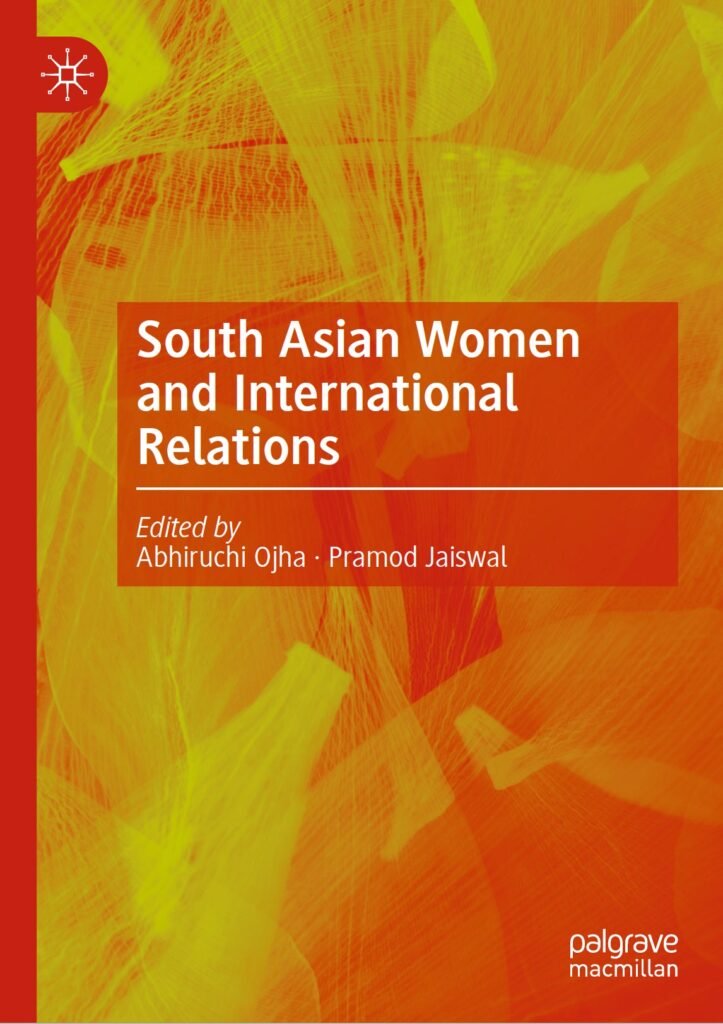
Description:
Publisher: Palgrave Macmillian
Year of Publication: 2023
About the Book
This book presents South Asian women’s voices which have been marginalised in the conceptualization of international relations in the region. It highlights critical issues of importance for women which are often neglected in traditional International Relations studies. Embracing Feminist epistemology and ‘situated knowledge’, the book re-imagines the theory and practice of International Relations in South Asia, placing women’s experiences at the centre. Refusing the temptation to typecast women, the book showcases the varied reflections of South Asian women in international relations with contributions from an eclectic set of authors from different nationalities. In doing so, the book expands the ontological and epistemological horizons of International Relations by including issues like caste, conflict, and social movements. While some of these are uniquely South Asian, all of them show how the field of IR in general can be enriched by being more inclusive. This book will be of interest to researchers and graduate students, as it provides a fresh re-conceptualization of International Relations from gender as well as global south perspective.
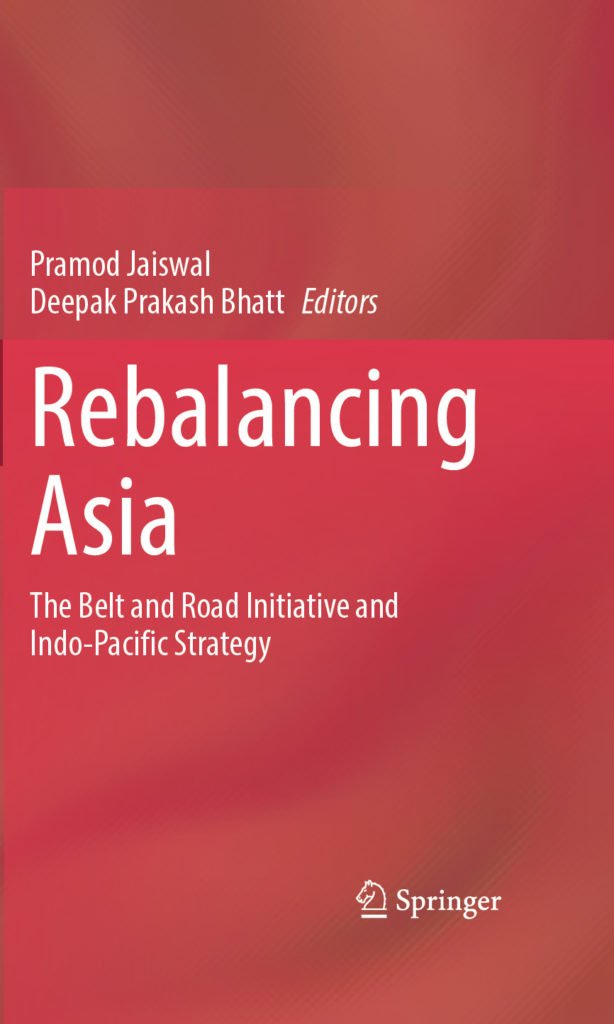
Description:
Publisher: Springer
Year of Publication: 2021
About the Book
This book explores the struggle between China and the United States to expand their influence in Asia through economic assistance and defensive alliances. It brings together the diverse viewpoints of scholars from various countries on how Asian countries will exploit this geostrategic competition to pursue their national interests, while also balancing their relations with the two great powers. The book offers a valuable asset for all those who have an interest in great power politics and international relations, especially academics, policy makers and security experts.

Description:
Publisher: GB Books
Year of Publication: 2022
About the Book
International politics is the realm where great powers constantly seek opportunities to expand their hegemonic role. In this realm, small states on the periphery of great powers face intense pressures, leading to limits on their sovereignty. Nepal, a landlocked country between China and India, is a classic case of a small state striving to preserve its sovereignty. The two Asian powers have been locked in an intense security competition to expand their hegemony in Nepal.
‘Northern Neighbour Southern Concern: Political, Economic and Strategic Dimensions of Nepal-China Relations’ delves deeper into multiple nuances of Nepal’s foreign policy with China. The book focuses on the development of Nepal’s relation with China after the reintroduction of democracy in Nepal through the first People’s Movement of 1990. It traces Nepal’s ties with China through the most crucial and momentous of the changes in Nepal’s history. In broad strokes, the book discusses China’s strategic imperatives and needs vis-à-vis Nepal and examines the political, economic and strategic ties between the two. In tandem, it looks south to analyse the ways in which India, with its long history of involvement in Nepal, viewed the emerging Kathmandu-Beijing rapprochement. The book juxtaposes Nepal’s relations with China against those with India, and critically analyses the Indian reaction and response to Kathmandu’s diplomatic overtures to Beijing.
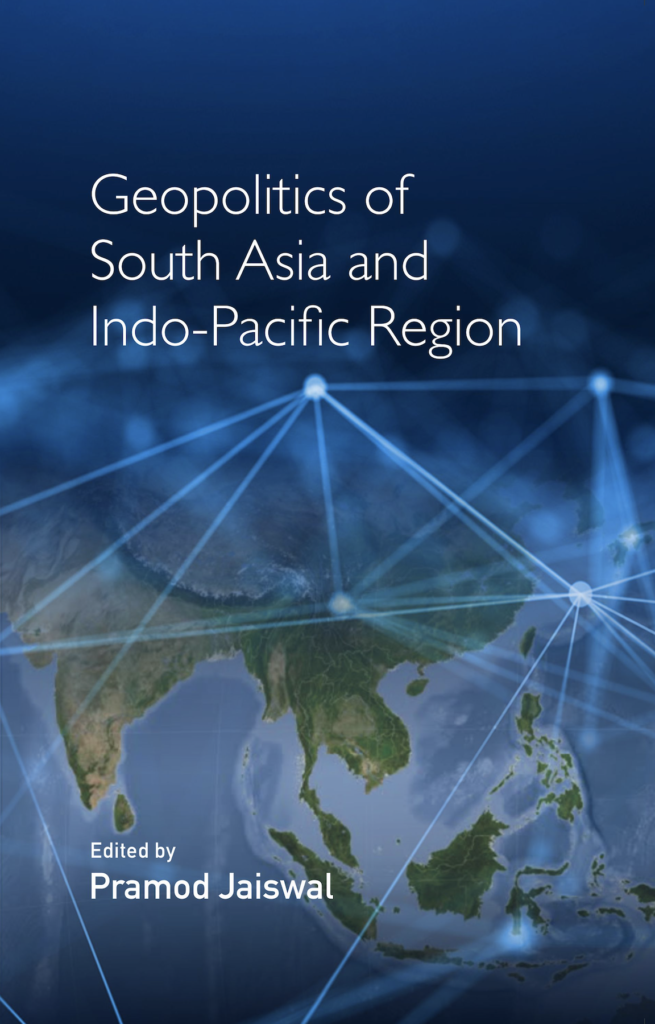
Description:
Publisher: GB Books and Khabarhub
Year of Publication: 2022
About the Book
South Asia throughout history and at the current times has been an autonomous strategic unit. Several ongoing geopolitical developments and the increasing competition among the major powers have made South Asia more complex today. While the Indo-Pacific region has emerged as a key theatre of engagement with the return of great power competition, the region has been attracting a lot of attention. These developments will certainly have a long-standing impact on both the regions.
The book ‘Geopolitics of South Asian and the Indo Pacific Region’ consists of interviews conducted with policy makers, academicians, senior scholars, diplomats, ambassadors and practitioners for Nepal’s largest digital media Khabarhub during my involvement with them as Strategic Affairs Editor from August 2021 to Jan 2021. There is a total of 36 interviews on the geopolitics of South Asia and Indo pacific affairs, Nepal’s engagement in the region, India’s Foreign Policy, and several other issues. The diverse perspective from countries like Nepal, India, Sri Lanka, Bangladesh, Maldives, the European Union, Israel, The United States, France, New Zealand, Japan, Australia, Norway and Malaysia have been included in the book.

Description:
Publisher: GB Books and Nepal Institute for International Cooperation and Engagement
Year of Publication: 2022
About the Book
Gender disparities remain high in the South Asia region, yet at the same time there is a growing recognition of the potential of social protection programmes, including for women’s empowerment. In spite of the remarkable progress in terms of human development in recent years, the region still faces significant gender disparities and the gender-based violence has soared in South Asia, especially during the pandemic. Discriminatory social norms, lack of adequate social protection system, forced marriage and lack of access to basic facilities such as health, nutrition, education and employment are some of the major factors. The book consists of 17 chapters from scholars of South Asia who looks different aspects that women of South Asia struggle for.

Description:
Publisher: GB Books and Nepal Institute for International Cooperation and Engagement
Year of Publication: 2022
About the Book
Despite being one of the largest economies in the world, India lags behind many countries around issues of gender equality. In the past decade, while Indian GDP has grown by around 6 per cent, there has been a large decline in female labour force participation from 34 per cent to 27 per cent. With gender discrimination becoming increasingly prominent part of the global agenda, India too became a signatory to path-breaking legislations including human rights instruments and action plans of four conferences convened by the United Nations on Women’s issues.
‘Women and Gender Equality in India’ consists of 11 edited chapters that attempt to develop a wider gamut of understanding of the nature and importance of gender equality, gender roles and gender relations while encouraging equal participation in the overall development of the giant economy like India. The book is woven around ‘gender’ as a ‘core’ theme, with special focus on political, religious, and cultural issues of post-globalized Indian society. It questions how gender has become a discriminating tool in the distribution of government jobs, elections, policies, religions, income, education and political process in general.

Description:
Publisher: GB Books and Center for Diplomacy and Development
Year of Publication: 2020
About the Book
Nepal lies between two Asian giants- India and china. Both aspire to emerge as global leaders. Both India and China are economically and militarily powerful, and they struggle to expand influence in Nepal for their strategic gains. In such a complex geopolitical and geoeconomic rivalry, Nepal's foreign policy objective is to balance their influence and benefit economically itself. With the changing geopolitical narratives around the increasing political stability in Nepal, the country now aims to diversify its foreign policy by engaging with countries beyond its neighbourhood.
The book consists of twenty well researched chapters from senior and young scholars from Nepal, India, China, Greece, Netherlands, Denmark, Switzerland, Australia and the US, and provides a comprehensive understanding of Nepal's foreign policy as well as the emerging issues that can have implications for Nepal and the region. The book looks at different aspects of Nepalese foreign policy such as foreign aid competition, transboundary water issues, India - China geopolitical rivalry, the impact of China's belt and road initiative, and the role of Nepal at the regional as well as multilateral organizations such as SAARC and the UN.
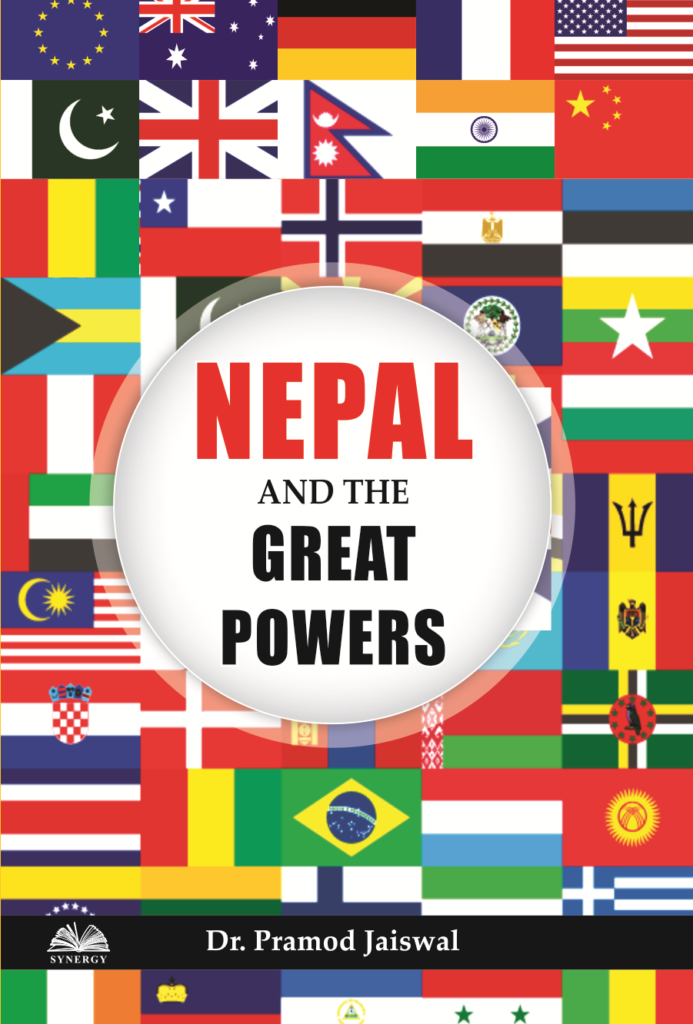
Description:
Nepal and the Great Powers
Publisher: Synergy Books
Year of Publication: 2019
About the Book
Nepal is geo-strategically located between the two main drivers of the new Asian Century – India and China. While China has already reserved a seat at the global high table, India will soon reclaim its place there. Both India and China will reshape the global political, economic and strategic order in days to come. Nepal, being situated between these two giants, will have larger implications as recently, both, stood eyeball to eyeball on the issue of Doklam. In this context, the book aims to understand the complexities and contradictions in Nepal’s foreign policy in the changing global power structure and posits Nepal’s relations with the great powers.
The book consists of 11 chapters by scholars from India, Nepal, US and Australia on Nepal’s relations with regional and great powers such as India, China, Australia, US, France, UK, Germany and European Union.
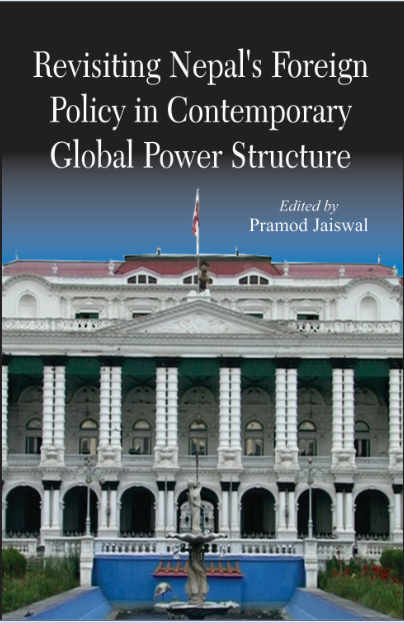
Description:
Revisiting Nepal’s Foreign Policy in Contemporary Global Power Structure
Publishers: GB Books
Year of Publication: 2017
About the Book
In few decades, China and India will emerge as the world’s largest economies. Asia’s growing economic power is being translating into greater political and military power. Asia’s rise is just beginning, and if the regional powers can remain stable, rapid growth could continue for decades. Hence, the rise of China as a great power is obvious. But it will not be alone as India and other countries of Asia would also exercise tremendous power. As a result, there will be global shift in the balance of power from West to East. With the dominance of Asian powers and their politics, experts claims that the 21st century belongs to Asia. In this changing global power structure, the book revisits Nepal’s foreign policy as both China and India will exercise tremendous power and will have greater say in the global politics. Moreover, the book seeks to understand the complexities and contradictions in Nepal’s foreign relations. Amidst the competitive co-existence between India and China, Nepal is looked upon as a buffer state between the two Asian giants. However, Nepal also seems to have its own expectations and interests in building harmonious relations with the two rising powers.
The book consists of 26 chapters on Nepal’s foreign relations explaining Nepal’s foreign policy strategy, its role in regional and multilateral forums and bilateral relations with different countries.
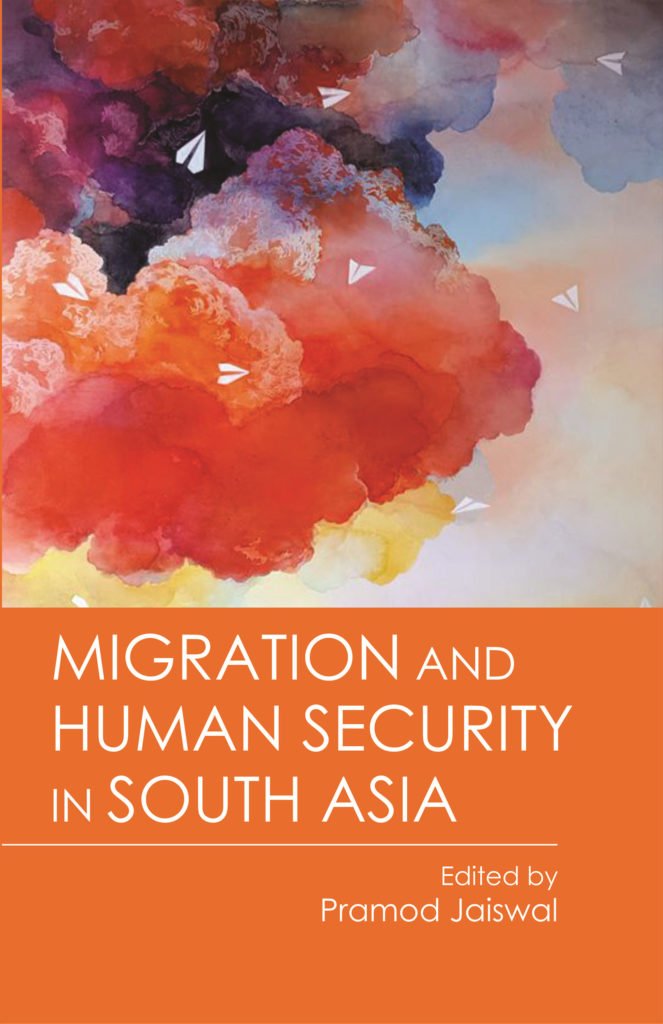
Description:
Migration and Human Security in South Asia
Publisher: Adroit Publishers
Year of Publication: 2018
About the Book
Migration and security has been widely studied in international relations and political science. Migration is often presented as a threat to national sovereignty, state security as well as to the economic, social and cultural well – being. On security, all of the attention has been on national security, terrorism, extremism and crime. Hence, there is an alternative concept, human security, which emphasizes that the government’s responsibility is not only to protect the territorial security and sovereign integrity of the state, but also the freedom and rights of its citizens. Thus, the notion of human security provides an opportunity to broaden our understanding of the economic, social and political challenges associated with migration, from the place of origin, to transit, arrival and (re)settlement in a new location. South Asia homes about one fourth of the world’s population, making it both the most populous and the most densely populated geographical region in the world. This region has witnessed mass migration as many of the countries have emerged through partition.
The book consists of 11 chapters by scholars from India, Nepal and US on different aspects of migration and human security of South Asia such as impact of remittance on livelihood of Dalits of Nepal, illegal migration of Assam and Bangladesh, impact of Climate change in migration, Rise of anti-immigrants sentiments in South Asia and internal migration in South Asia.
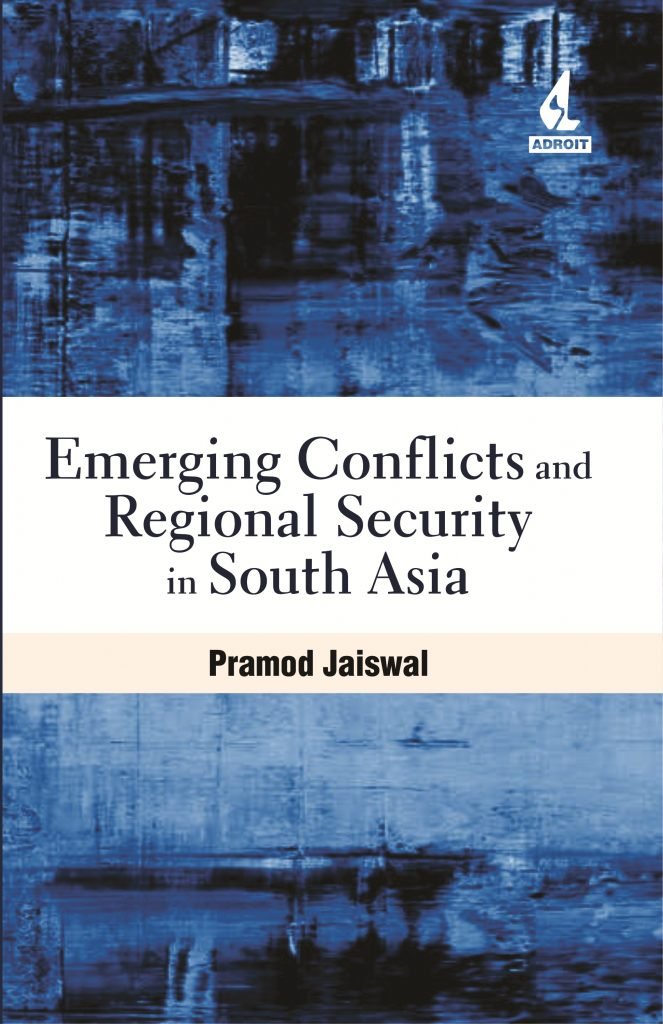
Description:
Emerging Conflicts and Regional Security in South Asia
Publisher: Adroit Publishers
Year of Publication: 2019
About the Book
South Asia is one of the most ethnically, culturally and linguistically diverse, as well as most populous, in the world. However, the social, political and economic development of South Asia has been seriously hindered by conflicts. It is host to deeply entrenched ethnic hostility, communal violence and numerous wars, both inter- and intra-state. A vicious cycle of poverty, with deprivation and underdevelopment of South Asian countries has provided a fertile ground for intolerance and extremism. There is a need to overcome the bitter legacies of the past in order to create an enabling environment for peace and security in South Asia. Diverse political experiences, ideologies, ethnic identities and economic conditions across and within the states pose significant challenges for conflict management in the region. Similarly, the region has been characterised by the dynamic inter-play of security, economic and diplomatic factors reinforcing each other owing to the complex nature of territorial claims and religious extremist activities. This is evidenced by the competing political and strategic interests between the three nuclear weapon countries of the region viz: China, India and Pakistan. Unfortunately, the region has witnessed three major wars between India and Pakistan and one between India and China besides several other border skirmishes on and off at various times. Thus, there is a need of broader framework of Regional Security in South Asia for lasting peace and security in the region.
The discourse on regional security in South Asia tends to be focused on the inter-state rivalry between the two largest states in the region—India and Pakistan. The overt introduction of a nuclear dimension into the India-Pakistan relationship has generated international interest in a South Asia preoccupied to no small extent with the threat of a nuclear confrontation and its potential effects on regional and global security. The book consists of 12 chapters by scholars from India, US and Bangladesh to point out some of these emerging conflicts of South Asia.
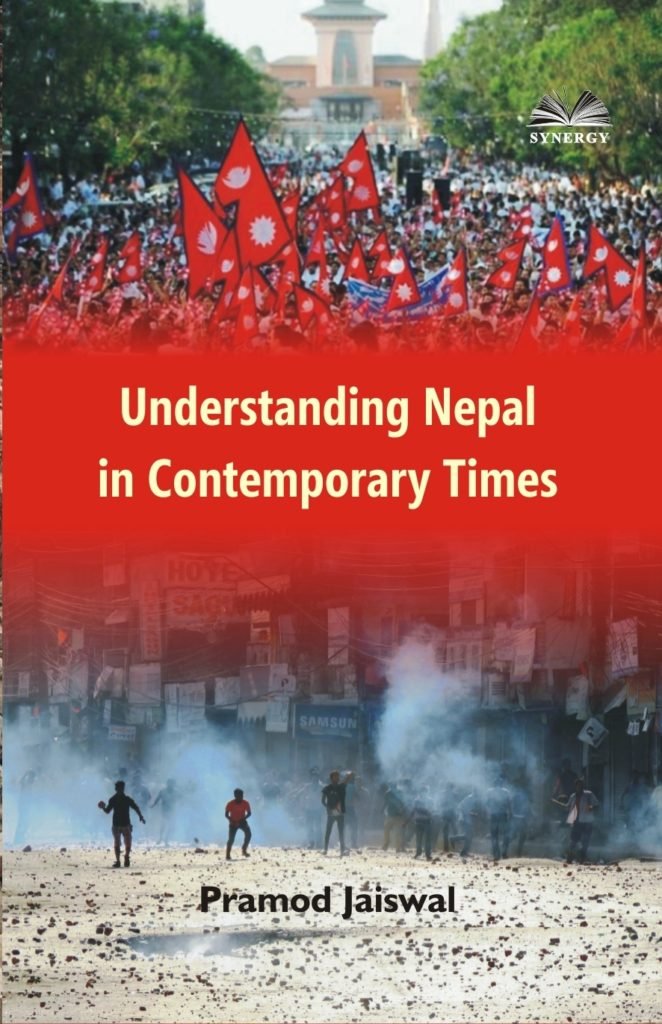
Description:
Understanding Nepal in Contemporary Times
Publisher: Synergy Books
Year of Publication: 2016
About the book
Nepal has undergone major transformation since the restoration of democracy in 1990. Within few decades, it has witnessed difficult transition from long insurgency to building peace, from autocratic regime to democratic system, from Hindu Kingdom to secular Republic, and from exclusionary and centralized power to establishing a more inclusive and federal state.
The book consists of 21 research papers intended to guide scholars for an overall understanding of Nepal with regard to its society, culture, government, politics, history, bureaucratic system, and other emerging challenges. The focus is on the contemporary issues prevalent in Nepalese society such as women empowerment, identity politics, migration, disaster management, human rights, and religious conversions. The aim of the book is to serve as a handbook of comprehensive knowledge on Nepal as well as serve as a basic scholarship involving young and dynamic international scholars giving perspective on Nepal.
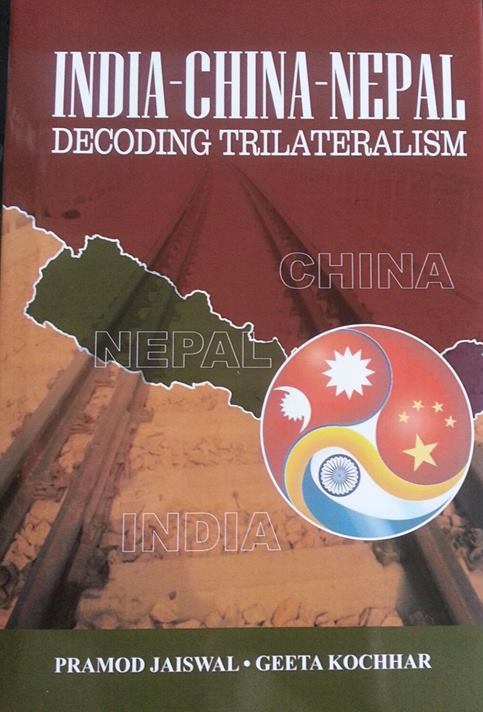
Description:
India-China-Nepal: Decoding Trilateralism
Publisher: GB Books
Year of Publication: 2016
About the Book
The book is a niche idea of a lesser talked about Triangular engagement, whereby the two big powers – India and China recognizes and acknowledges a small states – Nepal as a connector to diffuse conflict and advocate cooperation. The triangular relationship provided in the book is a well researched subject providing future cooperative engagement, advocating peace and harmony in the region. However, the authors accept that the evolution of such triangular relationship lies in the political will at the highest levels in the three countries. India and China are two rising giants that can help and support the development of Nepal; while Nepal is at an advantageous geographical location to act as a bridge between the two big Asian powers.The book offers an anti-theory to the traditional notion of big powers hegemonizing and dominating small states. The researchers provide a new paradigm of relationship based on equality and harmonious existence. This book contains of eleven papers from renowned established scholars and young researchers. It gives an insight to the various debates that can alter the power equation.

Description:
Nepal’s Foreign Policy and Her Neighbours
Publisher: GB Books and IPCS
Year of Publication: 2016
About the Book
The book aims to examine the changing dynamics in the foreign policy of Nepal and its relations with its closest neighbouring states, India and China. The book seeks to understand the various complexities and contradictions in Nepal’s foreign relations. Though, the rise of India and China is viewed as a competition and conflict or even conflicting in nature, Nepal is looked upon as a real buffer between the two giants. However, Nepal also seems to have its own expectations and interests in building harmonious ties with the rising powers.
The book consists of twelve chapters by young and most dynamic scholars from Nepal and India for an in-depth study on Nepal’s Foreign policy and its relations with neighbours especially since the restoration of democracy.
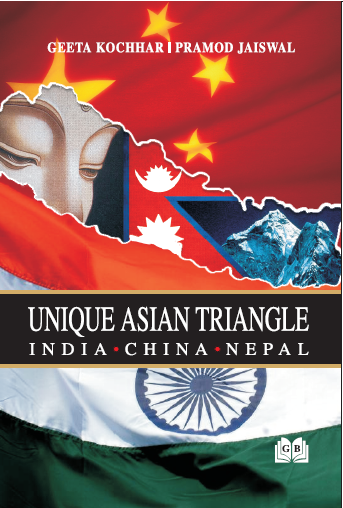
Description:
Unique Asian Triangle: India-China-Nepal
Publishers: GB Books
Year of Publication: 2016
About the Book
The book aims at providing a new paradigm of cooperation between the closet neighbouring states India, China and Nepal by understanding the various complexities and contradictions in their relations. Although the rise of India and China is seen as competing or even conflicting in nature, Nepal is a connecting small state between the two Asian giants. However, Nepal also seems to have its own expectations and interests in building harmonious ties with the rising powers.
This book sketches the dynamics of relationship from historical and cultural linkages to the contemporary realities and issues in bilateral and trilateral relations of these three countries. It also addresses the various challenges the three countries are likely to face in future. It basically provides a policy framework for future cooperation and opportunities for strengthening relations. The book consists of 20 research papers on varied aspects from senior scholars and young researchers. The book is useful to comprehend the under current in bilateral and trilateral ties.

Description:
Constitution of Nepal: Evolution, Development and Debates
Publishers: GB Books
Year of Publication: 2016
About the Book
The book discusses the various debates revolving around the evolution and development of the seventh constitution of Nepal. It expounds on public debates on various issues such as secularism, federalism, citizenship rights and the rights of marginalised groups in the newly promulgated constitution.
The book consists of eleven chapters of young scholars from Nepal, India, China and Japan, giving an overall understanding of the discourse. The book is timely and represents the voices of various section of the society who will contribute to an academic discourse on future deliberation over the constitution. The book is useful for academicians, policy makers and political analysts to have the basic understanding of the new Constitution of Nepal, adopted in September 2015.
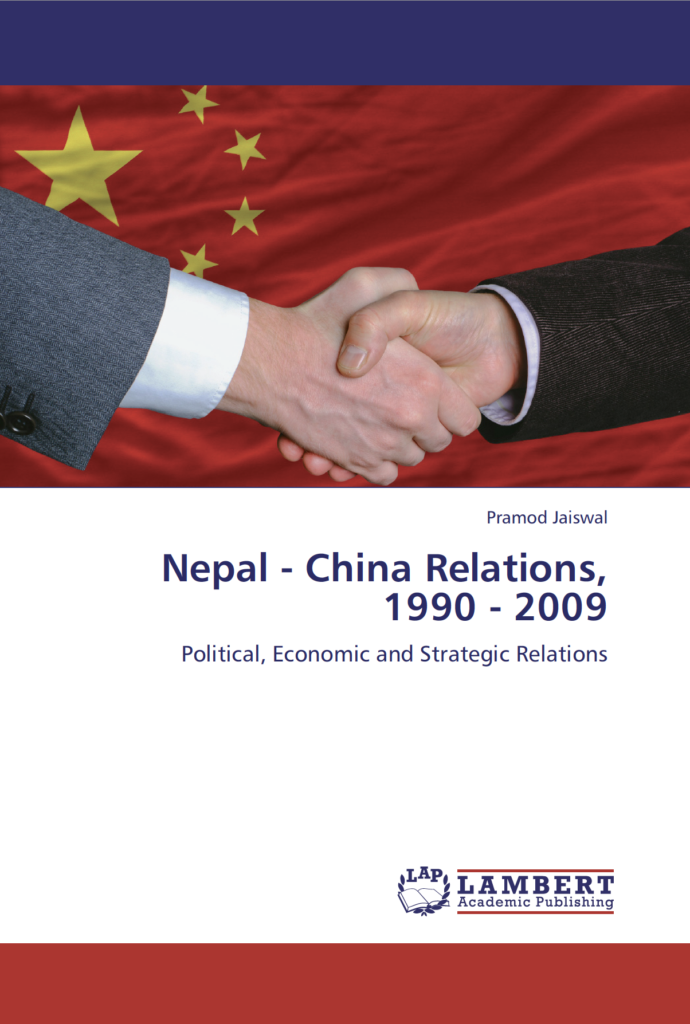
Description:
Publisher: Lap Lambert Academic Publishing
Year of Publication: 2010
About the Book
The study analyses political, economic and strategic developments in Nepal-China relations, post 1990. It attempts to examine mutual concerns shared by Nepal and China vis-à-vis each other and outlines possible areas of convergence and divergence. It critically discusses the role of domestic politics in Nepal in shaping Nepal-China relations and Indian response to the burgeoning Nepal-China relations. The study unfolds with the historical narrative of their relation and it primarily sheds light on the novelty of the bilateral relations that materialized in 1950s. Major political transformation heralded in the region in 1950s: China emerged as a communist state, India liberated itself from the British colonial Yoke and the autocratic Rana regime ended in Nepal. The study further highlights the developments in Nepal-China relations after restoration of democracy in Nepal in 1990. It also delves into bilateral equations in contemporary times, focusing essentially on the former King Gyanendra’s short regime and the period in which the former Maoists rebels were mainstreaming as the strongest political force in Nepal.
